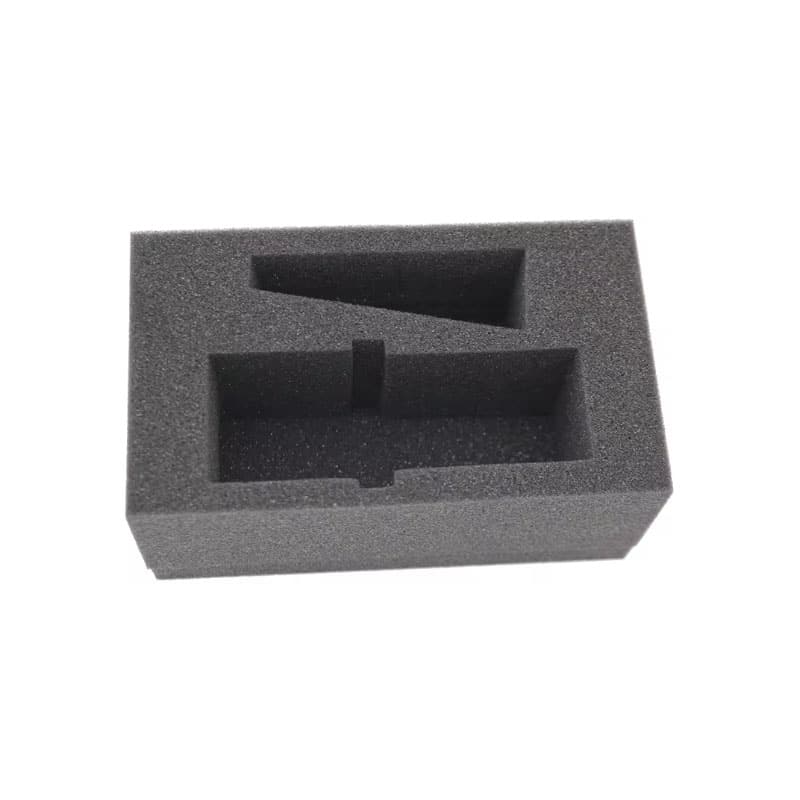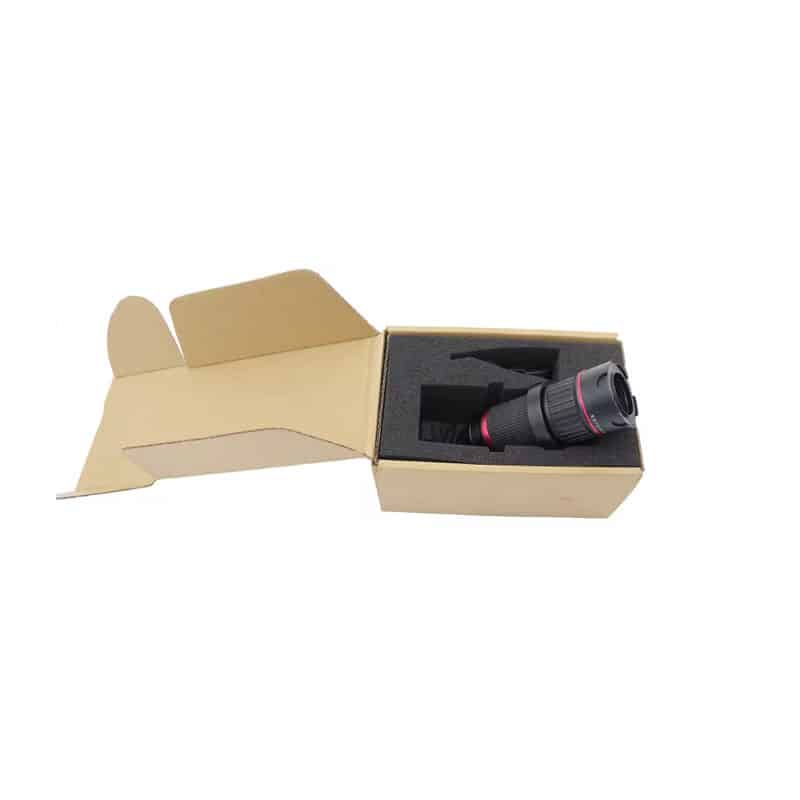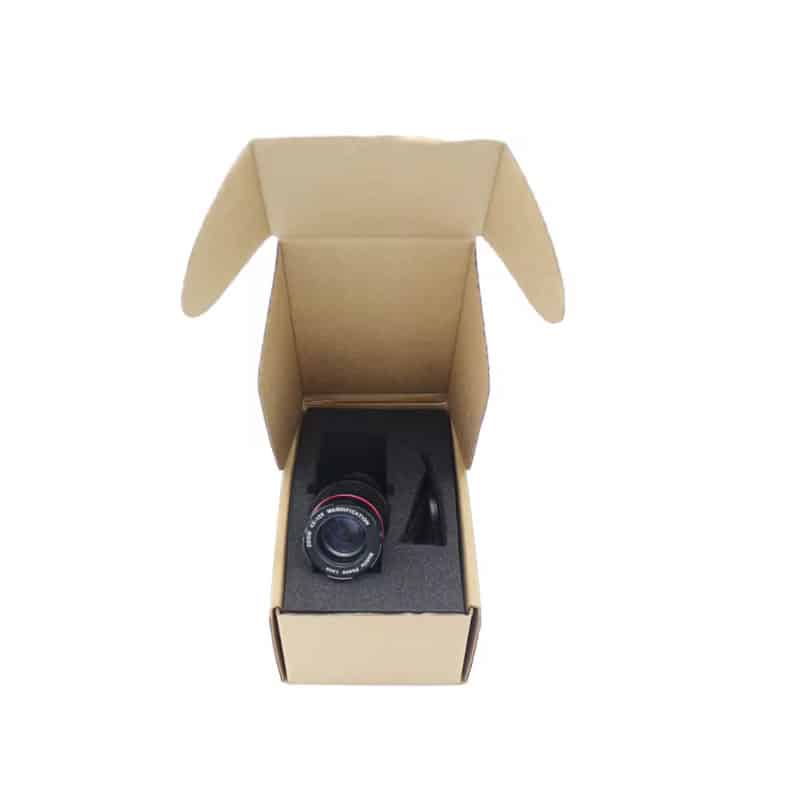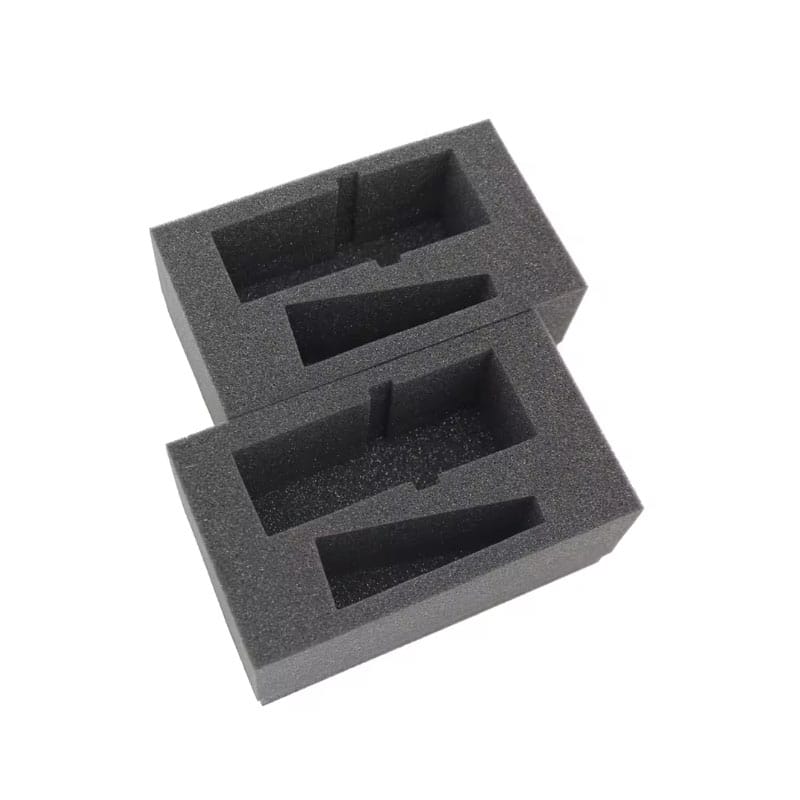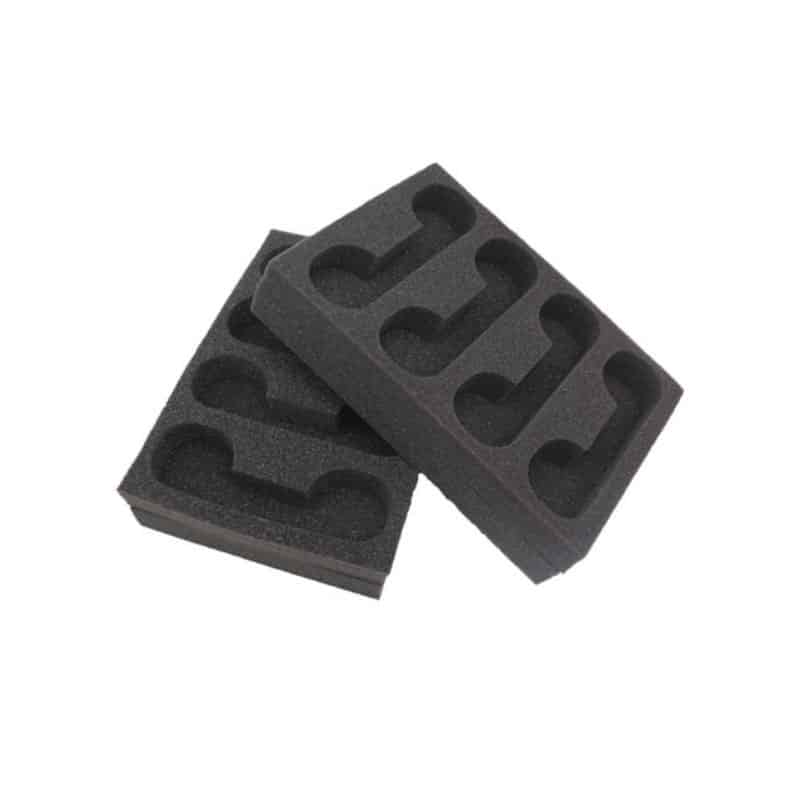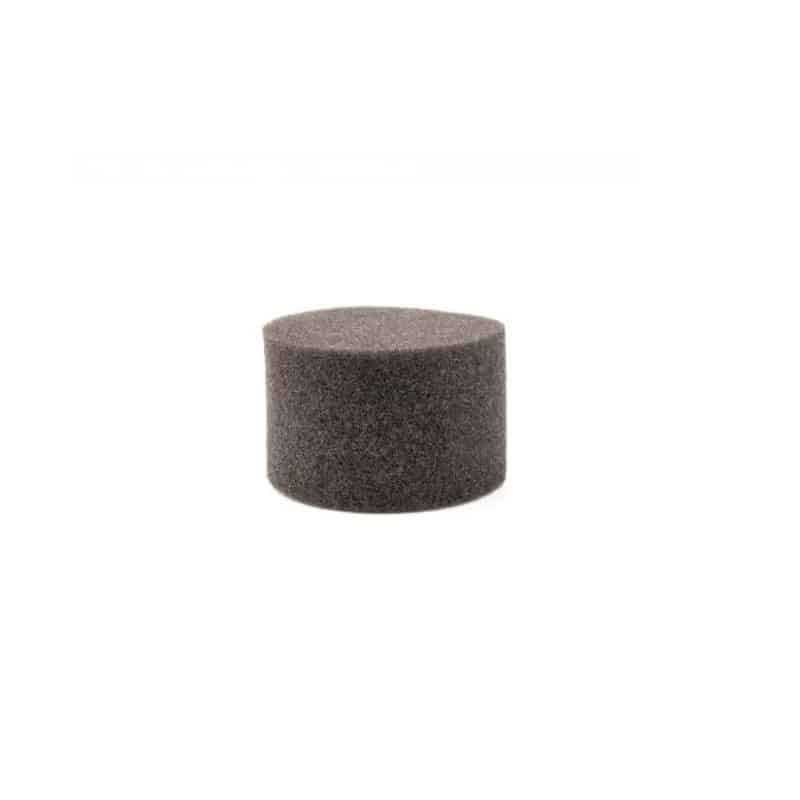Some Key Points About Sponge Foam
Sponge foam, made by introducing air into a liquid foam mixture, which then solidifies into a cellular structure.
Often simply called foam, is a versatile material with numerous applications across various industries.
1. Material Composition: Foam can be made from various materials, including polyurethane, polyethylene, latex, and memory foam. Each material has its own properties and suitability for different applications.
2. Cell Structure: Foam is characterized by its cellular structure, which consists of interconnected pockets of gas (usually air) surrounded by solid material. This structure provides foam with its lightweight and flexible properties.
3. Properties: Foam is known for its cushioning, shock absorption, and insulation properties. It can be soft and pliable or firm and supportive, depending on the specific formulation and density.
4. Cov Ntaub Ntawv Thov Kev Pab: Foam is used in a wide range of applications, including:
– Mattresses and Pillows: Memory foam mattresses and pillows are popular for their ability to conform to the shape of the body, providing personalized comfort and support.
– insulation: Foam is used as insulation in buildings, refrigerators, and other appliances to reduce heat transfer and improve energy efficiency.
– Packaging: Foam packaging materials protect fragile items during shipping and handling by absorbing shocks and vibrations.
– Soundproofing and Acoustics: Foam panels are used to absorb sound waves and reduce noise levels in recording studios, theaters, and other noisy environments.
– Cushioning and Padding: Foam is used in upholstery, car seats, and furniture cushions to provide comfort and support.
– Medical Applications: Foam is used in medical devices, such as orthopedic supports and prosthetic limbs, as well as in wound care products like dressings and bandages.
Overall, foam is a highly versatile material with a wide range of uses, thanks to its unique combination of properties and ease of manufacturing.

